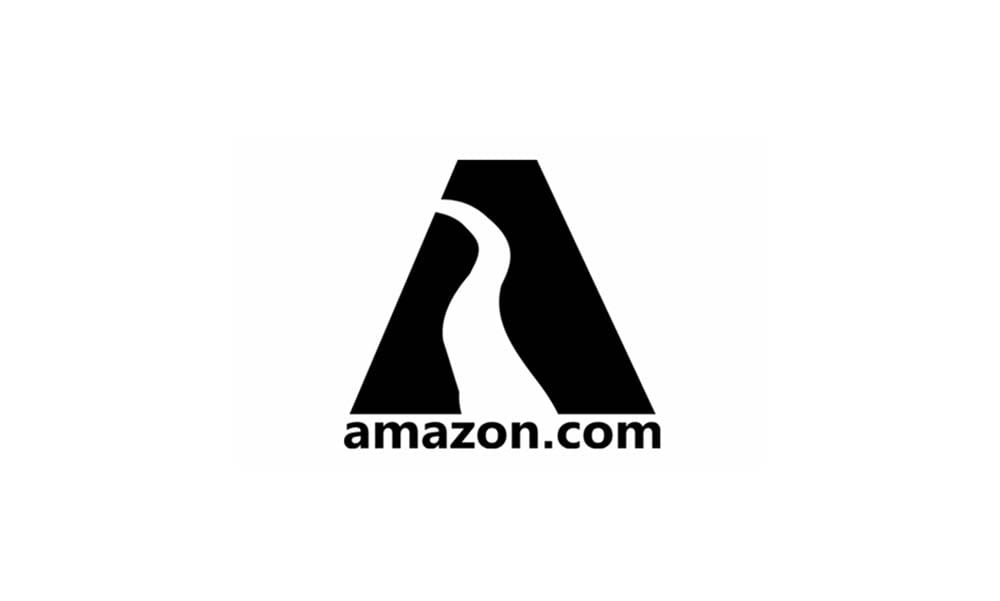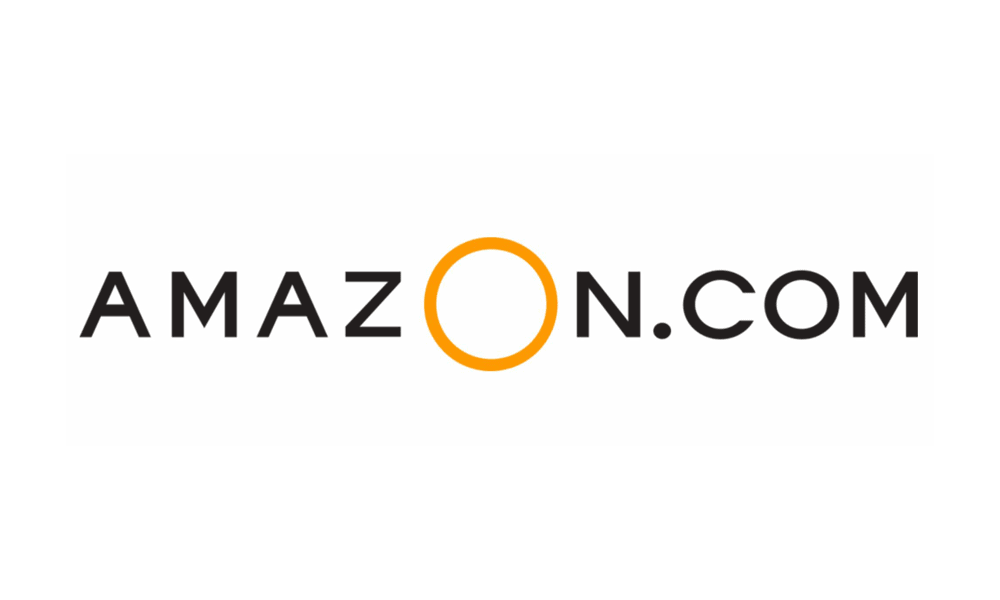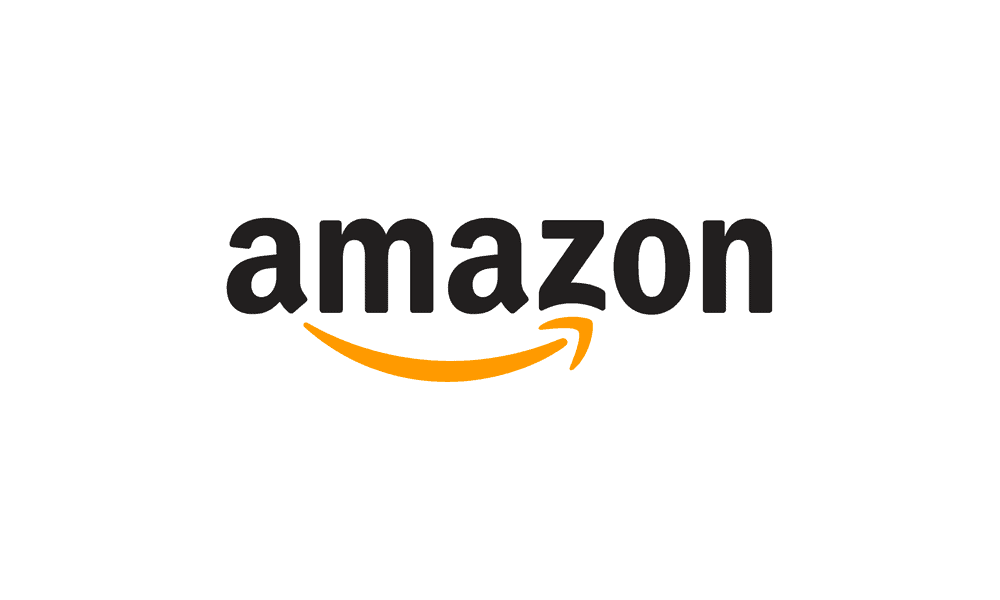History of the Amazon Logo Design Evolution
If you want to hear about a brand with a story more captivating than a Netflix true-crime series, look no further than Amazon. This online behemoth has turned the world of commerce on its head and has one of the juiciest histories.
Believe it or not, Amazon started as a tiny little bookshop in 1994. You know, back when the internet was still in its awkward teenage years, and Mark Zuckerberg was still in diapers. Fast forward a few decades, and Amazon's worth more than your weight in gold – almost $1 trillion!
How did they do it, you ask? Well, it wasn't just luck, my friend. Amazon's secret sauce was a heaping spoonful of evolution and innovation. They kept their finger on the pulse of what people wanted and didn't stop there. They sold everything from electronics to groceries and, yes, even houses. You name it; Amazon's got it.
But here's the kicker – it's not just the size and type of products they sell that's impressive. No, no, no. Amazon's logo game is on point too. They knew that a logo wasn't just a bunch of pretty shapes and colours; it was the face of the company. And boy, did they use it to their advantage.
Through years of logo redesigns, Amazon has shown that they understand what most companies need: a good logo can make or break a brand. And Amazon's logo was significant in its rise to the top.
Table of Contents
The origins of Amazon

To truly understand how the Amazon logo played a vital role in their success, we need to stroll down memory lane and learn a thing or two about how this tech giant came to be.
In 1994, Jeff Bezos started a little company called “Cadabra”. But, as it turns out, the name didn't inspire confidence in their customers. Who wants to buy books from a company that sounds like it's selling dead bodies? So, Jeff made a quick switch to “Amazon”, and the rest is history.
Believe it or not, this online bookshop started making bank from day one. I'm talking $20,000 a week kind of money! But what set Amazon apart was its strategy of investing all its profits into growth and expansion.
Fast forward a few years, and Amazon was making more money than anyone. Thanks to their savvy business moves, they were one of the only players remaining in the dot-com bubble of 2000. In 2001, they raked in a then jaw-dropping $5 million in profit.
Since then, Amazon has only gone from strength to strength. They're now one of the biggest tech giants on the planet, and they sell everything from A to Z. And speaking of A to Z, have you seen their logo? It's not just a cute little smiley arrow; it's a nod to the fact that they sell everything under the sun.
The History of the Amazon logo Design
There's no doubt that Amazon's rapid growth is impressive, but did you know that the evolution of its logo designs is just as fascinating? From the company's early days until the present day, Amazon has been known for its constant innovation, and its logo designs are a testament to that.
#1 Amazon logo (1995)

Let's talk about Amazon's first logo – it was a real gem, folks. The blue background and the letter “A” with a river inside really hit the nail on the head regarding literal interpretation. Plus, the slogan “Earth's biggest bookstore” showed that the company's marketing strategy was just as ambitious as its name.
Jeff Bezos created this logo when digital design tools were about as advanced as a potato, so it's no surprise that it received so much criticism. Some folks said it was hard to read, others found it too busy, and a few even called the river association within the logo a “cliché”. Let's give them some credit – they were pioneers in the online bookstore game, and it's not like they could just order a fancy logo from Amazon Prime.
Luckily, the company quickly realised the need for a more sophisticated logo. In 1997 they switched to a new design that incorporated a curved arrow, starting from the “A” and ending at the letter “Z”. This not only represented the company's vast selection of products but also hinted at the idea that you could find anything and everything on their site – from soup to nuts, as they say. Let's raise a glass to Amazon's logo evolution, folks – without it, we might still be stuck with that river logo.
#2 Amazon logo (1997)

In 1997, Amazon decided to level up its logo game and unveiled a new, sleeker design that reflected the company's growth. They were onto something, as the dot-com bubble burst not long after. It's like they had a crystal ball or something!
The new logo significantly improved from its predecessor, featuring a more straightforward and cleaner design. However, some critics still felt it lacked the professional touch that a company of Amazon deserved.
The logo was going through an awkward teenage phase, trying to find its identity and fit in with the cool kids. But hey, we've all been there.
#3 Amazon logo (1998)

In 1999, the Amazon logo underwent a significant transformation, and it wasn't because it was going through a mid-life crisis. The new logo had a sleek and modern look with a curved arrow from the “A” to the “Z,” emphasising that they sold everything from A to Z.
With the new design, Amazon wanted to convey to its customers that it was not just an online bookstore anymore but a one-stop shop for everything. They replaced the yellow ring from the previous version with a simple swoosh. The company's name was written in lowercase letters, signifying a shift towards a more approachable and friendly brand.
This logo design was a hit with customers, and Amazon finally found its footing in the logo department. Although we can't deny that the yellow ring version of the logo had its charm, it's safe to say that it's a good thing Amazon decided to let it go.
#4 Amazon logo (1998-2000)

The second 1998 version of the Amazon logo design brought some changes that made the brand seem less like a snooty, upper-crust library and more like your friendly neighbourhood book peddler.
Experts agree that switching back to the lower-case version was a smart move, as the uppity all-caps version just made the brand seem like it was looking down its nose at you. And we all know that's not cool.
The orange colour choice was also a game-changer. According to colour psychology (yes, that's a thing), orange is associated with joy and warmth. So, not only was Amazon selling books but also spreading happiness and good vibes. Who knew buying books could be so cheerful?
And let's not forget the black colour in the logo. Black is the colour of dominance and elegance, and Amazon dominated the online book-selling game.
#5 Amazon logo (2000)

In 2000, Amazon introduced a logo version that looks almost identical to today's design. It features the signature orange line that starts from the letter “A” and ends with an arrow after passing through all the letters up to “Z”. However, in this new version, the orange line doesn't curve down but instead up, indicating the company's upward trajectory.
This logo perfectly reflects Amazon's growth from being a small online bookstore to the tech giant it is today. The orange line represents that the company can now provide everything from “a” to “z”, quite literally!
Additionally, this new logo was a great marketing strategy. The brand decided to use the orange smile as a design element on the shipping boxes to send customers orders. This resulted in the company's association by delivering “smiles” to the customers' doors, which is far better than showing them a bad hair day or Monday morning blues!
#6 Amazon logo (2012 – present day)

In 2012, the Amazon logo got a makeover by Turner Duckworth. This new version represents the company's business growth and dropped the “.com” part of the logo, showing that Amazon is no longer just an online shopping platform but has expanded beyond the digital world.
Gone are the days of self-proclaimed grandeur, like calling themselves the “earth's biggest bookstore.” With over 200 million Prime subscribers, Amazon no longer needs to brag since everyone already knows how massive it is.
Nowadays, the Amazon smile is just as famous as the logo itself. It's so recognisable that even if you removed the brand name, people would still know it's Amazon.
And this is why brands need to have versatile logos that can be used in various ways for marketing – so recognisable that even aliens could identify it from space.
Wrapping Up
After going through several logo changes, Amazon learned a valuable lesson – simplicity is the ultimate sophistication. Like its delivery service, the brand realised its logo needed to be memorable yet straightforward.
Gone are the days when Amazon's logo boasted fancy fonts, elaborate designs, and multiple colours. Today, the logo is all about simplicity and efficiency. The logo's iconic smiley arrow from the letter A to Z symbolises Amazon's vast product range and its commitment to customer satisfaction.
Amazon's smiley logo is so famous that it's become integral to the company's marketing strategy. Now, the mere sight of that arrow, coupled with the promise of swift delivery, is enough to bring a smile to any customer's face.
It's impressive how a simple logo design has become an inseparable part of the brand's identity. But let's remember that it took several attempts for Amazon to reach this point. The brand tried everything from fancy designs to uppercase letters before realising that less is more.
So, the next time you see Amazon's logo, remember it's not just a logo. It symbolises the company's journey from its humble beginnings as an online bookstore to today's tech giant. And it's a promise of a delightful shopping experience from a brand that makes you smile.
